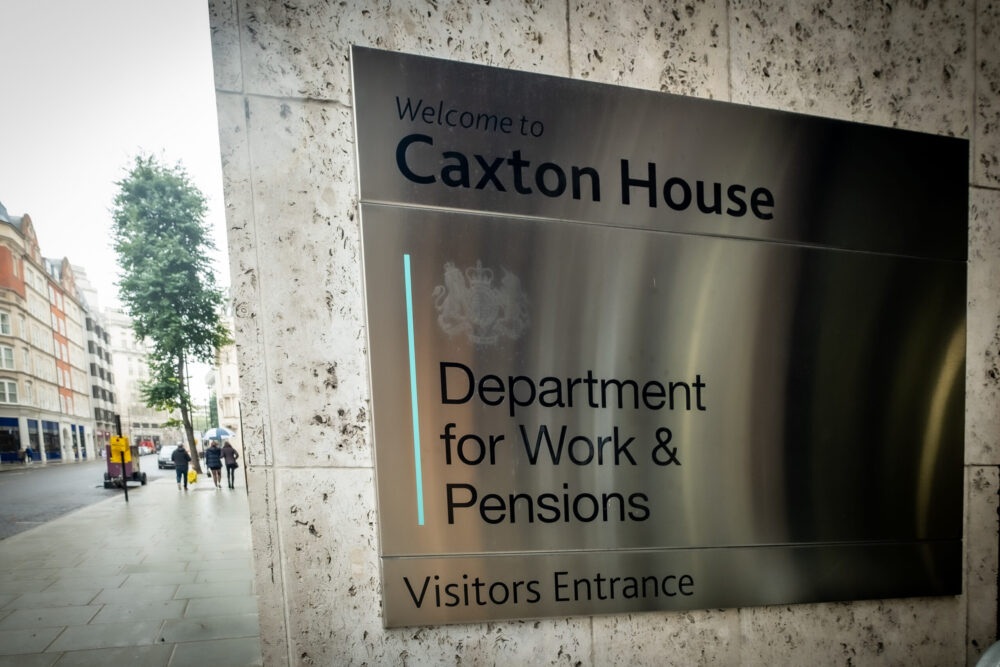In the UK today, over 2.5 million working-age people are out of the labour market due to long-term sickness. For the first time in modern history, inactivity due to health has overtaken unemployment as a primary driver of economic disruption. The UK government’s Keep Britain Working Discovery Review explores the root causes of health-related economic inactivity and assesses the role employers and government can play in reversing this trend.
The study highlights the need for more inclusive, joined-up approaches to recruitment, retention and return-to-work approaches, particularly for disabled people and those with long-term health conditions. Its findings will inform the next phase of the review, with final recommendations due in Autumn 2025. It revealed that since 2019, there are nearly 40% more working-age people economically inactive for health reasons (now totalling 800,000 people), a rise almost ten times faster than the growth of the working-age population.
The government now faces rising welfare costs, with spending on working-age disability and incapacity benefits jumping 59% since 2019 and expected to reach over £70 billion by 2029–30. Inaction is not an option.
But if we’re to tackle health-related inactivity, we must stop thinking about physical and mental health in silos. Employers, insurers, and policymakers need a biopsychosocial view of return-to-work, one that reflects how life is actually lived; where pain, stress, anxiety, fatigue, and financial worry often compound each other.
Beyond silos: Physical and mental health are intertwined
The government’s Discovery phase spotlights two leading causes of long-term sickness absence: musculoskeletal and mental health conditions. Mental health issues among young people (aged 16–34) have risen by 77% (an increase of 1.2 million) since 2015, and musculoskeletal conditions are especially acute in older workers (aged 50–64). These aren’t isolated problems: multimorbidity, people having multiple, co-occurring health conditions, is now a key driver of economic inactivity. Nearly 40% of those reporting work-limiting illness cite a main condition as either cardiovascular or musculoskeletal, but the growth in mental health-related absence has far outstripped other categories in the last decade.
Too often, a worker enters the system with a back injury and exits months later, still unfit for work because the emotional toll, fear of re-injury, or low self confidence was never addressed. Once someone has been out of work for more than a year, the probability of a successful return drops dramatically; those absent for less than a year are nearly five times likelier to return to work than those who’ve been out longer. If our interventions are physical-only or therapy-only, we risk failing the real person in front of us.
What Government can do next
The upcoming “Keep Britain Working” recommendations provide an opportunity to reshape support for working-age health. Three core priorities stand out:
- Fund integrated support pathways, not just standalone services.
Our current system typically treats a physical injury with physiotherapy and a mental health condition with talking therapy, but largely ignores how these interact. Research shows that even subclinical stress or anxiety can prolong absences, sap motivation for rehab and worsen pain perception. The government should make integrated return-to-work pathways default, including physical rehab, psychological support and care coordination, to reflect how intertwined these issues are. Digital solutions can help deploy these pathways at the necessary scale and pace.
- Set standards for psychosocial screening and support in occupational health.
At present, too few employers or occupational health providers routinely assess for the psychosocial barriers like confidence, anxiety, or lack of social support that often shape recovery. This is a costly oversight: people with mental health conditions are three to five times more likely to become economically inactive across all age groups, and those with multiple health conditions face a two to fivefold higher risk. Systematic, brief screening tools are available and should be mandated or strongly encouraged in all government-supported return-to-work programmes. For those who flag as needing help, timely interventions must be available.
- Incentivise employer investment in early support.
Employers often only intervene when an absence is at risk of becoming long-term but by that stage success is much less likely. Data from the review shows that once absence extends beyond several months the odds of returning plummet. The government could incentivise earlier action by sharing the cost of digital or low-intensity support in the first 2–4 weeks post-injury or diagnosis. Prevention and early intervention are more humane, far more effective, and significantly more cost-efficient than waiting for crisis response.
What employers can do differently now
Government direction and funding reforms will take time. But every employer can start making a difference today by shifting workplace attitudes and processes to reflect the interconnected nature of wellbeing and work.
Recognise the emotional toll of absence
Physical absence is almost never just physical. Workers may feel anxious about returning too soon, feel guilty for being ill, or afraid of being judged for absence. These feelings in themselves slow recovery and if left unacknowledged can turn a short rehabilitation into a long-term separation from the workforce. Support that validates these emotions and builds psychological safety can help people return faster and more sustainably. This does not always require formal therapy; digital tools and evidence-based self-help can empower workers to manage anxiety and rebuild confidence early in their absence.
Tailor digital mental health tools for physical health pathways
In 2023 Wysa partnered with Travelers Insurance for a real world study to test the impact of integrated emotional support during recovery for physically injured workers. Workers using AI-guided self-help returned to work one-third faster than those who didn’t, demonstrating that well-designed emotional support (even light-touch, informal options) can have a tangible impact. Equally meaningful in this context is Washington University’s research that found that using AI-guided digital mental health support alongside orthopedic care led to greater reductions in depression, anxiety, and perception of pain for people with chronic musculoskeletal pain, outperforming usual care alone and even traditional in-person counseling in some aspects.
Embrace data for early intervention and prevention
For many employers, return-to-work is still a compliance process: track absences, approve sick notes, and wait for medical sign-off. But using wellbeing data offers a powerful way to catch risks early and personalise help before crises develop. Even simple digital mood trackers or AI-enabled check-ins can provide actionable insights, helping case managers and HR offer bespoke work adjustments or reach out proactively and avoiding unnecessary, prolonged absence.
A final thought
The data is sobering: the overall economic cost of ill health among the UK’s working-age population is now estimated at £150 billion per year, on par with the nation’s entire defence budget. Almost 9 million people of working age now report a work-limiting health condition, and there are more people managing such conditions while in work than are economically inactive because of them. Inaction by government or business costs us all financially, socially, and emotionally.
Integrated support that unites physical and mental health is no longer a “nice to have”, it is a national imperative. The Keep Britain Working review issues a clear call to action and paves the way for comprehensive reform. To truly support working people, we must move beyond fragmented approaches and embrace whole-person recovery. The opportunity to reverse these troubling trends is within reach if we act together. Let’s keep Britain working not just by treating illness, but by fostering full, integrated recovery.
About the author:
Sarah Baldry is chief marketing officer at Wysa, the global leader in AI-driven mental health support, offering services through employers, insurers, and healthcare providers. Its emotionally intelligent conversational agent uses evidence-based cognitive-behavioral techniques (CBT) and soft skills training to enhance mental resilience. With over 6 million users across 95 countries, Wysa works with corporate clients including Vitality Insurance, NHS, L’Oreal, Bosch, and Colgate-Palmolive. For more details, visit www.wysa.com.
You might also like:











